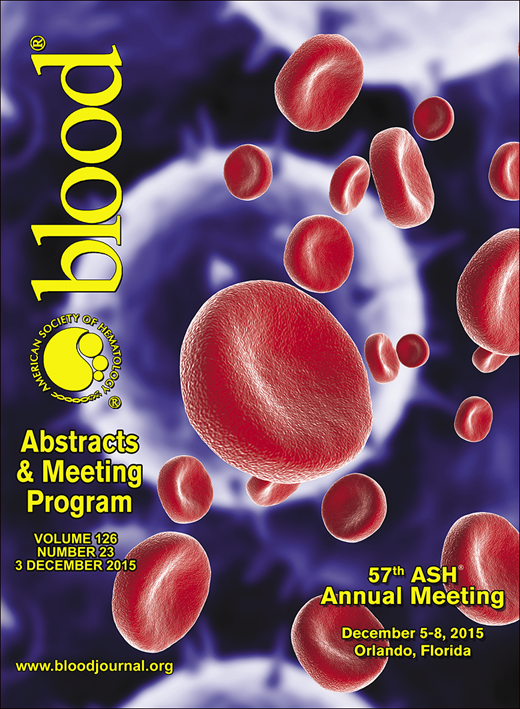The project aims to develop and implement a computerized interactive assistance system for the diagnosis and treatment of CML / MPN and MDS. The system is based on modulated, established medical guidelines with reference to the individual patient information. The user is navigated through the complex recommendations of current guidelines and decision trees of the CML/MPN and MDS, similarly to a car navigation system.
The system was developed in cooperation between the Steinbeis Institute for Clinical haematooncology and the Fraunhofer IOSB in Karlsruhe. In addition to the guidelines, recommendations on current evidence-based research results will be incorporated into the expert system. The medical user is hereby offered a systematic decision support. In addition, the decisions are documented and visualized in an intuitive user interface. The expert system is also able to point to currently recruiting therapy studies. The future system is planned to be self-learning by weighing the decision criteria. It will adjust the decision criteria by increasing usage and possibly readjusted criteria.
Technical implementation and advantages of this solution:
From a technical perspective, the knowledge-based system should be implemented as a client-server architecture. The server acts as a central data storage, for example, in the form of a database. As a client, for example, Internet browsers can be used. So it is possible to centrally reproach the accumulated knowledge and to present the current results to each user. The advantage of such a technical solution compared to guidelines-books is rapidly adaptable knowledge on new research results, as well as the implementation of a self-learning system. The system design has to pay particular attention to an intuitive user interface. On the server's side, the knowledge of guidelines and interviews with experts have to be formalized in an appropriate manner. There are approaches based on an ontological or logic-based modeling.
On the client's, side the system suggests the user appropriate decision for the diagnosis and further treatment of diseases. The underlying methodology is based on approaches from artificial intelligence, such as the Bayesian inference or machine learning methods.
Hempel:Novartis and Celgene: Research Funding.
Author notes
Asterisk with author names denotes non-ASH members.

